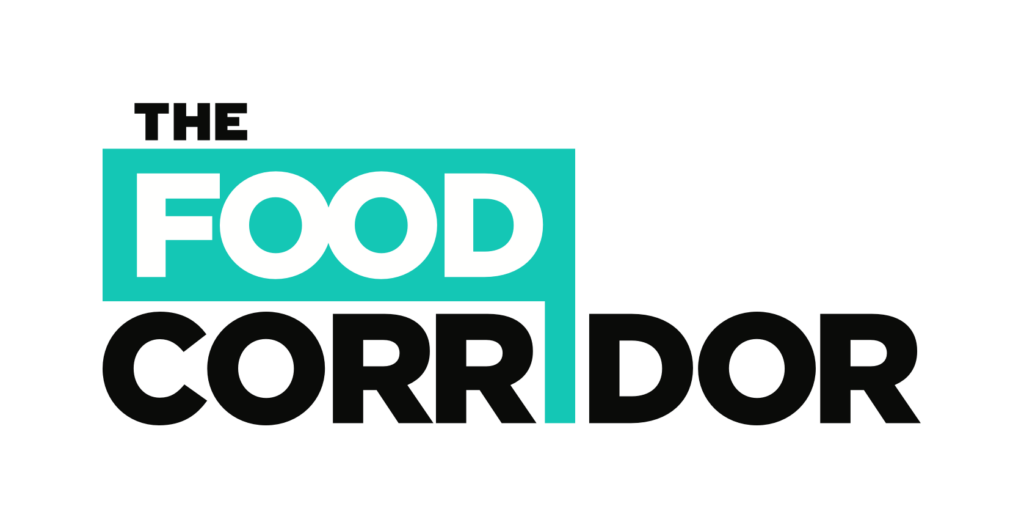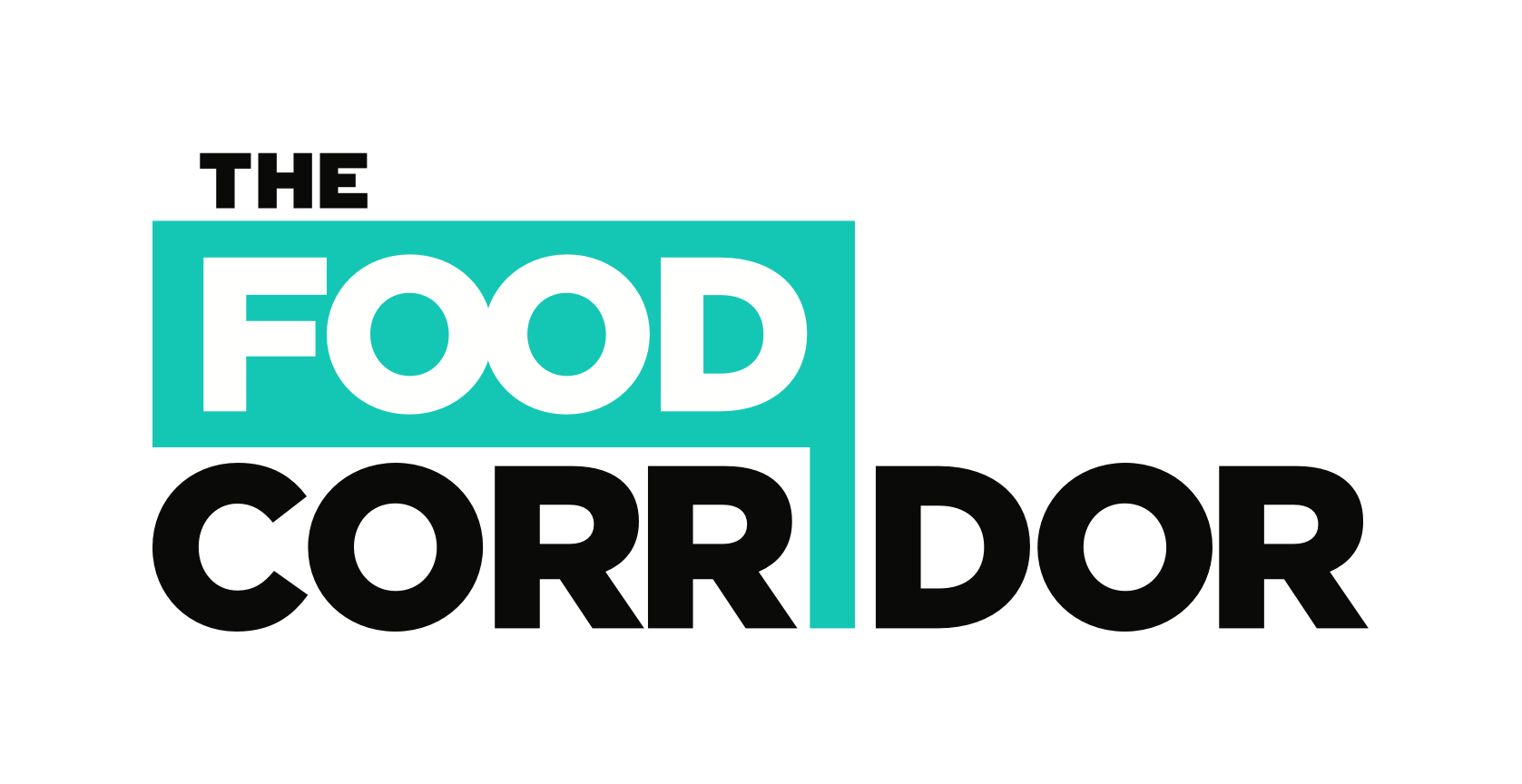Think you’re ready to start welcoming shared kitchen clients? Here, we’ll cover 3 rental documents that your kitchen needs before you begin the client onboarding process. This information comes straight from the Shared Kitchen Toolkit.
Rental Documents
Before you can begin signing up kitchen clients you will need to develop your rental documents, including your rental agreement, service agreements (if applicable), special event rental agreements, fee schedules, and acceptance criteria. These agreements will lay the foundation for your operation.
User Agreement
The agreement you sign with your kitchen clients can have different names depending on your rental terms, services, and applicable laws. It may be called a rental agreement, operating agreement, services agreement, or membership agreement. In some cases, you may have more than one agreement, such as if you have separate rental terms for incubator participants, general business clients, and hobby users. At a basic level, this agreement generally covers the rental terms such as the rental period, rates and additional fees, what is included in the rental, payment terms, the security deposit, cancellation, and termination policies. If you are operating an incubator kitchen you will likely have additional terms regarding participating in services, disclosure of information, or graduation. It may also include nondisclosure agreements, confidentiality and data collection policies, or other attachments.
We suggest that you consult with a business attorney to develop your own agreements to ensure the legal documents are tailored to your business model and comply with state and local laws.
The agreement may also include policies regarding equipment use and sanitation, if these are not addressed in separate signed policies and procedures manuals. It is a good idea to develop a comprehensive set of rental policies and procedures in preparation for renting, so you can set expectations during the onboarding process and have documentation to support enforcement of your rules. Check out the Shared Kitchen Operations Manual as a guide for setting up your policies and procedures.
Fee Schedule
All your client and market research, business model development, and financial planning efforts during your planning phase provide the foundation for creating your final fee schedule for launch. It is a good idea to have plan options for different client types, as referenced above in the developing rates and fees section.
Developing a written fee schedule will provide clarity to prospective clients and reduce billing errors. Let The Food Corridor do most of the work though! The Food Corridor’s software allows you to automate your billing and client management by setting calendar rates, client billing plans, fees, and more, all through the system.
A schedule of fees should cover standard, monthly fees; one-time fees for additional services, violations, and cancellations; and basic hourly or plan rates for kitchen time. For each, you will want to include the cost, what it does and does not cover, and when payment is due.
Be sure to include any of the following that apply:
Rental Rates:
- Hourly rate by space and what that includes
- Off-peak hourly rate (if you want to offer a lower rate from 10:00 p.m. – 5:00 a.m., for example)
- Custom rates
- Monthly plan rates and what they include
- Activity-specific rates (packaging, preparation, dishwashing, bottling)
- Dry storage rate per unit
- Cold storage rate per unit
- Freezer storage rate per unit
Fees:
- Standard fees (cleaning, parking, utility surcharges, key fees, etc.)
- One-time infractions (breach of policy, cancellation, no show)
- Health department violation fees (1st, 2nd, 3rd offense)
- Failure to secure or lock the facility
- Failure to clock in/out
- Cleaning violation
- Storage violation
Be sure to note if taxes or other fees will be tacked on and what percentage this is. If you are charging a deposit, that should be listed along with your policy for returning it when they leave the kitchen. You will want to include your fee schedule in your policies and procedures manual along with your billing policies. It is good practice to date these documents because they will need to be updated periodically. The Food Corridor allows you to set expiry dates to your documents and will alert you when they’re about to expire.
Acceptance Criteria and Requirements
Before signing up clients you will need to finalize your criteria for what types of entrepreneurs/ businesses you will serve. Your acceptance criteria may include general requirements on the types of businesses you accept, as well as mission-related criteria, such as entrepreneur socioeconomic factors. The criteria will be unique to your business model and depend on your goals, target business types, and the demand for your kitchen space.
Setting your acceptance criteria from the outset will make your acceptance decisions more intentional and efficient. It will also inform your marketing and recruitment strategies. Transparent criteria will help prospective clients recognize if your kitchen will be the right fit for them, saving you time. Writing it down will help you apply it consistently and discourage you from straying from your mission or lowering your standards too much when you are under pressure to fill up the kitchen.
Business Criteria
- Stage of Business. Will you only accept businesses who have secured their legal documents and have sales, or will you accept clients who are in earlier stages?
- Products. Will you accept clients who make only certain types of products? Are there products that are excluded?
- Food Trucks. Can food trucks be accommodated at your site and are there special rules for parking and plug-ins? Are they able to provide proof of both business and automobile insurance?
- Insurance Requirements. How much liability coverage will the client be required to have? It is a good practice for shared kitchens to require clients to carry a minimum amount of liability insurance for their business and to name the kitchen as an additional insured. Make sure you purchase coverage at the appropriate level. Example: Damage to Premises Rented limits are at least $300,000. For more coverage limits and categories, visit the Food Liability Insurance Program or speak to your local broker.
- Credit and/or References. Will you require clients to meet certain credit standards or have positive previous rental references?
Mission-Related Criteria
You can also make your criteria mission-oriented, to meet the desired impact of your kitchen. This criteria may be influenced by the requirements of your funders. For example:
- Does your kitchen have a mission to foster local food systems? You may want to prioritize clients who source ingredients locally.
- Is your mission to increase entrepreneurship and/or training opportunities for underserved communities in the food industry? You may consider only accepting clients who earn under a certain income threshold or offering an income-based rental fee structure.
- Is your program funding focused on a specific geographic area? You may want to verify residence as part of your acceptance process.
If you are running an incubation program with business support services, you should develop acceptance criteria related to your incubation program model. Typically this will include things like readiness, entrepreneurial drive, product quality, commitment to participate in services, and demographic criteria related to the program’s goals or funding, such as income, background, and location.
When developing your criteria, make sure it aligns with your business model, mission, and funding requirements (if applicable). For an example of requirements that reflect kitchen mission, check out La Cocina’s kitchen incubator qualification criteria.
Weigh the restrictions you develop with the impact on your utilization and revenue goals. Think about who you will be excluding and whether it is necessary to make the criteria a requirement or whether a targeted recruitment effort might achieve your goals. Sometimes focused outreach is an effective way to reach participants you aim to serve without excluding other potential clients. Also, you will want to be careful that your policies are not discriminatory in intent or effect.
Remember to think through how you will verify the criteria and the paperwork involved so you do not create unnecessary hurdles for staff or clients. You want to aim to create criteria that is clear, fair, and easy to verify. But you also want to preserve some flexibility to adapt to special circumstances.
Looking for advice for operating your shared kitchen space? Check out our Shared Kitchen Operations Manual for more information.


